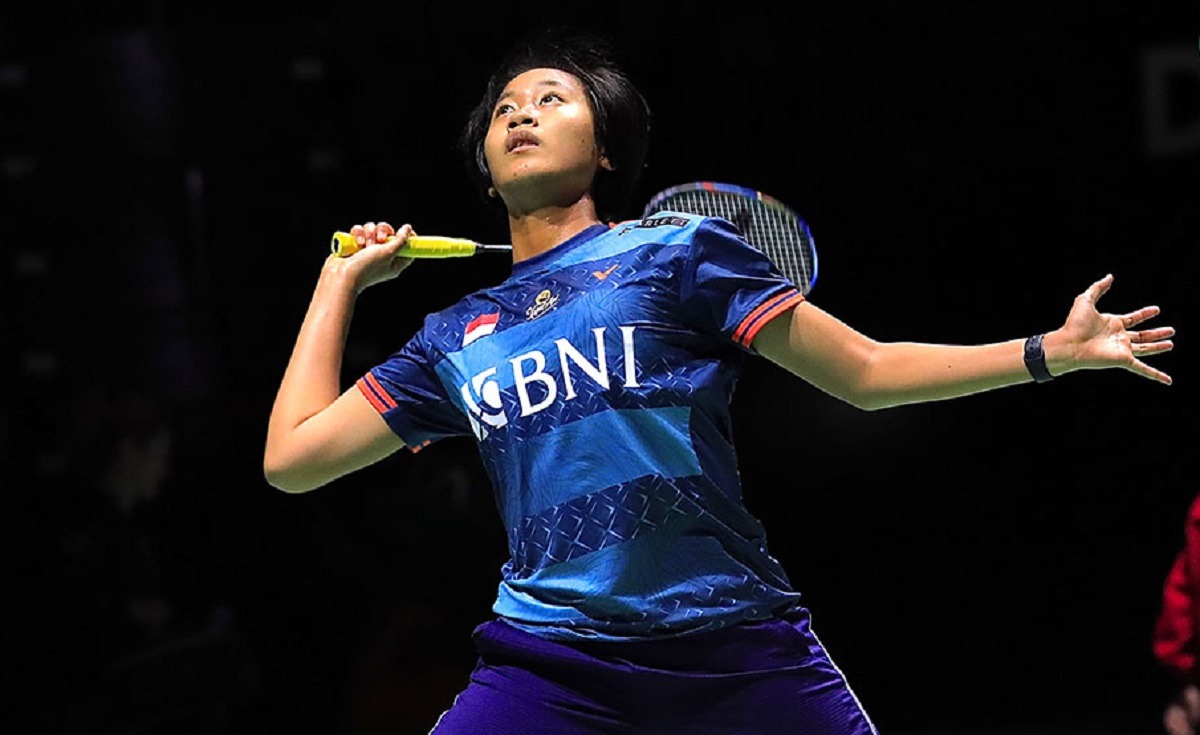The Swiss Open, an esteemed badminton tournament held annually in Switzerland, stands as a testament to the sport’s rich history and global appeal. Since its inception, the Swiss has showcased the talents of top badminton players from around the world, drawing fans and competitors alike to its prestigious stage. Let’s delve into the fascinating history of the Swiss Open and its evolution into a premier event on the badminton calendar.

Swiss Open
Early Beginnings:
The origins of the Swiss Open can be traced back to the mid-20th century when badminton enthusiasts in Switzerland sought to establish a platform for competitive play and international collaboration. In 1955, the inaugural Swiss Open was held in Basel, marking the beginning of a tradition that would endure for decades to come. Initially, the tournament attracted a modest field of participants, but it soon gained recognition for its high level of competition and spirited atmosphere.
Growth and Expansion:
Over the years, the Swiss Open grew in stature and prominence, attracting top players from across Europe and beyond. The tournament’s reputation as a prestigious event on the badminton circuit continued to soar, drawing increasing interest from fans, sponsors, and media outlets. With each edition, the Swiss showcased the skill, athleticism, and sportsmanship of the world’s best badminton players, earning its place as a highlight of the international badminton calendar.
Memorable Moments and Milestones:
Throughout its history, the Swiss Open has been the stage for countless memorable moments and historic achievements in badminton. From thrilling matches and dramatic upsets to record-breaking performances, the tournament has provided a platform for athletes to showcase their talents and etch their names into the annals of badminton history. Iconic players such as Lin Dan, Lee Chong Wei, and Carolina Marin have graced the courts of the Swiss, leaving an indelible mark on the sport.
Continued Excellence and Innovation:
As the Swiss Open enters its seventh decade, it continues to uphold its tradition of excellence while embracing innovation and modernization. The tournament organizers are committed to enhancing the overall experience for players, spectators, and stakeholders, implementing technological advancements, and improving facilities to ensure the smooth operation of the event. Additionally, the Swiss Open remains dedicated to promoting the values of sportsmanship, fair play, and inclusivity, making it a beacon of sporting integrity and camaraderie.
Looking Ahead:
As the Swiss Open embarks on its journey into the future, it remains firmly entrenched as a cornerstone of the global badminton community. With its rich history, world-class competition, and unwavering goltogel commitment to excellence, the Swiss Open will continue to inspire and captivate badminton enthusiasts for generations to come. As players compete for glory on the courts of Switzerland, the legacy of the Swiss Open will endure as a testament to the enduring power and passion of the sport of badminton.

Swiss Open
Pros and Cons of the Swiss Open: A Closer Look at Badminton’s Premier Event
The Swiss Open, revered as one of badminton’s most prestigious tournaments, brings together elite athletes from around the world to compete on its hallowed courts. While the event garners praise for its high level of competition and vibrant atmosphere, it also faces challenges and criticisms. Let’s delve into the advantages and disadvantages of the Swiss to gain a comprehensive understanding of its significance in the world of badminton.
Advantages:
- High-Level Competition: The Swiss attracts top-tier badminton players, providing fans with the opportunity to witness thrilling matches and exceptional performances. The presence of world-class athletes ensures that every match is fiercely contested, raising the overall standard of play and excitement for spectators.
- Global Recognition: As one of the premier events on the badminton calendar, the Swiss Open enjoys widespread recognition and prestige within the sport. Its longstanding history and tradition of excellence have solidified its reputation as a must-attend tournament for players, coaches, and fans alike.
- International Exposure: The Swiss Open serves as a platform for promoting the sport of badminton on a global scale. Through extensive media coverage and live broadcasting, the tournament showcases the athleticism, skill, and passion of its participants to audiences around the world, contributing to the growth and popularity of badminton as a spectator sport.
- Cultural Exchange: The Swiss fosters cultural exchange and camaraderie among players from diverse backgrounds and nationalities. As athletes converge in Switzerland to compete, they have the opportunity to interact, forge friendships, and learn from one another, transcending borders and fostering mutual respect and understanding.

Swiss Open
Disadvantages:
- Limited Accessibility: Despite its global stature, the Swiss Open may face challenges in terms of accessibility for fans and players from certain regions. Factors such as travel costs, visa requirements, and logistical constraints may deter participation from athletes and spectators, limiting the tournament’s inclusivity and reach.
- Scheduling Conflicts: The timing of the Swiss Open may coincide with other major badminton events or tournaments, leading to scheduling conflicts for players and teams. This can result in player withdrawals or diminished participation from top-ranked athletes, potentially impacting the overall competitiveness and appeal of the tournament.
- Financial Considerations: Hosting a world-class badminton tournament like the Swiss Open requires substantial financial investment in venue infrastructure, player accommodations, and event management. Securing sponsorships and generating revenue through ticket sales and merchandise can be challenging, especially in the face of economic uncertainty or market fluctuations.
- Venue Limitations: The choice of venue for the Swiss Open may pose logistical challenges or constraints, such as limited seating capacity, inadequate facilities, or geographical remoteness. These factors can impact the overall fan experience and operational efficiency of the tournament, potentially affecting its attractiveness to players, sponsors, and spectators.
Conclusion:
While the Swiss Open offers numerous advantages as one of badminton’s premier events, it also faces certain challenges and limitations. By addressing these issues and leveraging its strengths, the Swiss Open can continue to evolve and thrive as a beacon of excellence and sportsmanship in the world of badminton. Through ongoing innovation, inclusivity, and collaboration, the Swiss Open can maintain its status as a hallmark event that inspires athletes and fans alike.
Read More Article About “Embracing Diversity: How Autism Awareness Month Promotes Acceptance and Community Engagement.“



